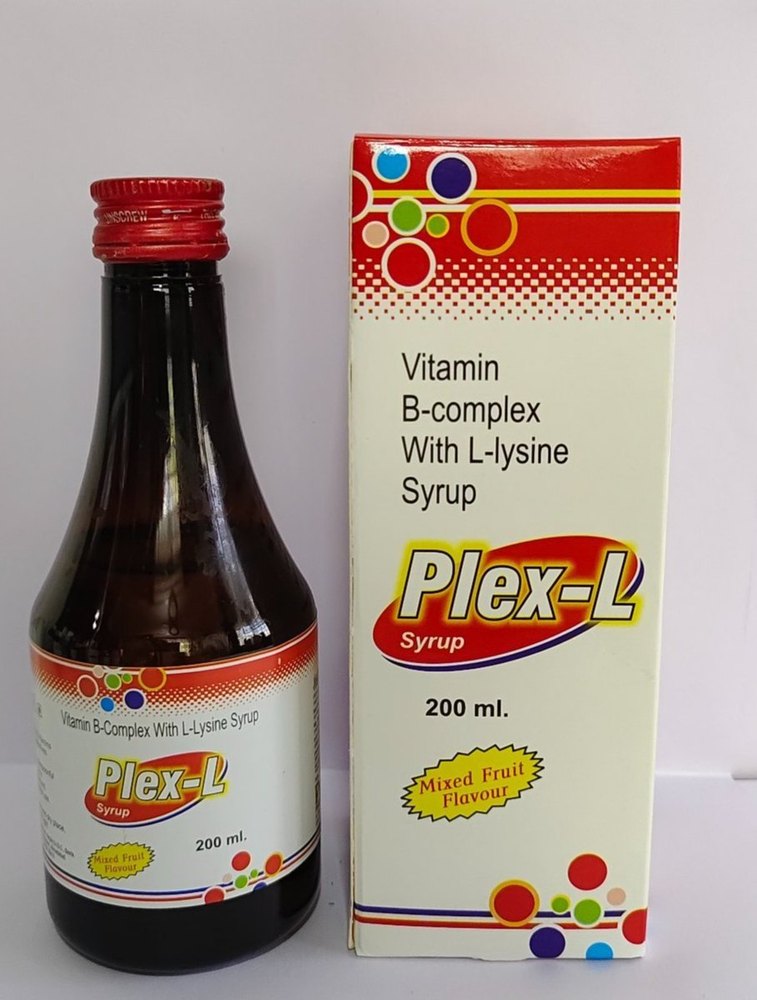Description
Tramanise Capsule, containing Tramadol Hydrochloride, is used for moderate to severe pain and postoperative pain. It is manufactured by G.D. Laboratories Pvt. Ltd. and is available in Nepal.
Dosage and Administration
Adults:
- Oral (by mouth) for Moderate to Severe Pain:
- Immediate Release:
- Chronic Pain: Start with 25 mg every morning. The dose can be increased by 25-50 mg per day every 3 days, up to 50-100 mg every 4-6 hours as needed. Do not exceed 400 mg per day.
- Acute Pain: Take 50-100 mg every 4-6 hours as needed. Do not exceed 400 mg per day.
- Extended Release: Begin with 100 mg once daily. The dose can be increased by 100 mg per day every 5 days, up to a maximum of 300 mg per day.
- Immediate Release:
- Parenteral (Injection – Intramuscular/Intravenous) for Moderate to Severe Pain: Administer 50-100 mg every 4-6 hours over 2-3 minutes.
- Postoperative Pain: Initially, 100 mg, followed by 50 mg every 10-20 minutes if necessary, for a total of 250 mg in the first hour (including the initial dose). After that, 50-100 mg every 4-6 hours up to a total daily dose of 600 mg.
Elderly (over 75 years): The dosing interval should be increased.
Special Populations
- Hepatic (Liver) Impairment:
- Severe: For immediate release, take 50 mg every 12 hours. Extended release is not recommended.
- Renal (Kidney) Impairment:
- Creatinine Clearance (CrCl) 10-30 ml/min: Increase the dosing interval to every 12 hours.
- CrCl <10 ml/min: This medication is contraindicated.
Pediatric Dosage
- Moderate-to-Severe Pain – Immediate Release:
- Under 17 years: The safety and efficacy have not been established.
- Over 17 years (Acute Pain): 50-100 mg every 4-6 hours as needed; do not exceed 400 mg per day.
- Over 17 years (Chronic Pain): Start with 25 mg every morning. The dose can be increased by 25-50 mg per day every 3 days in separate doses, up to 50-100 mg every 4-6 hours as needed. Do not exceed 400 mg per day.
- Extended Release:
- Under 18 years: The safety and efficacy have not been established.
Important Considerations
- Administration: Tramanise Capsule can be taken with or without food.
- Contraindications: Do not use Tramanise if you are a suicidal patient, have acute alcoholism, head injuries, raised intracranial pressure, severe renal impairment, or are breastfeeding.
- Precautions: Use caution if you have emotional disturbance or depression, a history of epilepsy or risk of seizure, head injury, or increased intracranial pressure. Also, exercise caution in patients with renal and hepatic impairment, elderly individuals, and during pregnancy and lactation.
- Patient Counseling: This medication may impair your ability to drive or operate machinery.
- Monitoring Parameters: Your doctor will monitor your pain relief, respiratory rate, blood pressure, pulse rate, and watch for signs of tolerance, abuse, or suicidal ideation.
- Lactation: The drug is excreted at high concentration in breast milk and is not recommended for use while breastfeeding.
Drug Interactions
Tramanise can interact with other medications, potentially leading to adverse effects:
- Increased risk of convulsions or serotonin syndrome: When taken with SSRIs, serotonin-norepinephrine reuptake inhibitors (SNRIs), TCAs, and other drugs that lower the seizure threshold (e.g., bupropion, mirtazapine, tetrahydrocannabinol).
- Decreased serum concentrations: With carbamazepine.
- May potentiate the antidepressant effect of norepinephrine, 5-HT agonists, or lithium.
- Increased INR and ecchymoses: With coumarin derivatives (e.g., warfarin).
- Potentially Fatal: Increased risk of seizure and serotonin syndrome with MAOIs.
Adverse Effects
Common side effects (more than 10%):Constipation, nausea, dizziness, vertigo, headache, somnolence (drowsiness), vomiting, agitation, anxiety, emotional lability, euphoria, hallucinations, nervousness, spasticity, dyspepsia (indigestion), asthenia (weakness), and pruritus (itching).
Less common side effects (1-10%): Diarrhea, dry mouth, sweating, hypertonia (increased muscle tone), malaise (general discomfort), menopausal symptoms, rash, urinary frequency, urinary retention, vasodilation (widening of blood vessels), and visual disturbances.
Rare side effects (less than 1%): Abnormal gait, amnesia, cognitive dysfunction, depression, difficulty in concentration, dysphoria (unease), dysuria (painful urination), fatigue, menstrual disorder, motor system weakness, orthostatic hypotension (low blood pressure upon standing), paresthesia (numbness/tingling), seizures, suicidal tendencies, syncope (fainting), tachycardia (rapid heart rate), and tremor.
Side effects with undefined frequency: Abnormal electrocardiogram (ECG), angioedema (swelling under the skin), bronchospasm (narrowing of airways), flushing, hypertension (high blood pressure), hypotension (low blood pressure), myocardial ischemia (reduced blood flow to the heart), palpitation, urticaria (hives), and withdrawal syndrome.
Potentially Fatal: Respiratory depression (slowed breathing).
Mechanism of Action
Tramadol works by inhibiting the reuptake of norepinephrine and serotonin, and it also enhances serotonin release. It alters how your body perceives and responds to pain by binding to mu-opiate receptors in the central nervous system.
This information on Tramanise Capsule is for general understanding and is not intended for diagnosis, medical advice, or treatment. It should not be used as a substitute for professional medical judgment.
Additional information
| form | Capsule |
|---|---|
| strength | 50mg |




Reviews
There are no reviews yet.